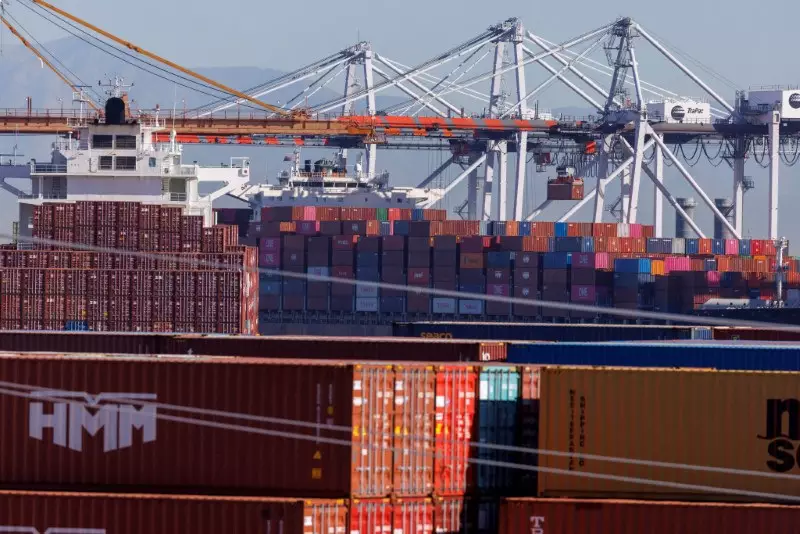The summer season has brought a rush of imports to the United States this year as retailers prepare for potential strikes by port workers and shipping disruptions caused by attacks in the Red Sea. Container imports and freight rates have seen a surge in July, indicating an earlier peak season for the ocean shipping industry that handles a significant portion of global trade.
Shift in Consumer Behavior
Retailers are anticipating an earlier start to the holiday shopping season this year and are adjusting their strategies accordingly. With consumer behavior shifting towards earlier shopping, companies importing toys, home goods, and consumer electronics have moved up their holiday promotions to capture customers who are shopping ahead of schedule.
The increase in imports is not solely driven by consumer spending, which has been impacted by inflation and high interest rates. Instead, retailers are taking precautionary measures against a potential U.S. port strike and the late Thanksgiving date this year, compressing the peak shopping and delivery season leading up to Christmas Eve.
Impact of Potential Strike
Retailers are bracing for a possible strike at U.S. seaports from Maine to Texas, following stalled talks between the International Longshoremen’s Association and the United States Maritime Alliance. The consequences of a work stoppage could lead to significant backlogs and delays, taking weeks to recover from even a short-term shutdown.
The industrial sector has played a key role in driving U.S. container import growth, partly due to imminent tariffs on exports from China and other countries. President Joe Biden’s administration has imposed new tariffs on multiple goods, set to take effect later this year. The uncertainty surrounding tariffs has led to a pulling forward of demand ahead of the U.S. election in November.
Global Trade Impact
The competitive relationship between the United States and China has escalated, regardless of the election outcome. The threat of tariffs has kept companies on edge, with the potential for more significant tariffs looming if the current trajectory continues. Despite the uncertainty, retailers and shippers are navigating through these challenges to ensure a smooth flow of imports and deliveries.
The current landscape of global trade and shipping disruptions has forced retailers to adapt swiftly to changing consumer behavior and external threats. By taking precautionary measures, adjusting strategies, and closely monitoring the evolving trade dynamics, retailers aim to navigate through the challenges and meet the demands of an evolving market landscape.

